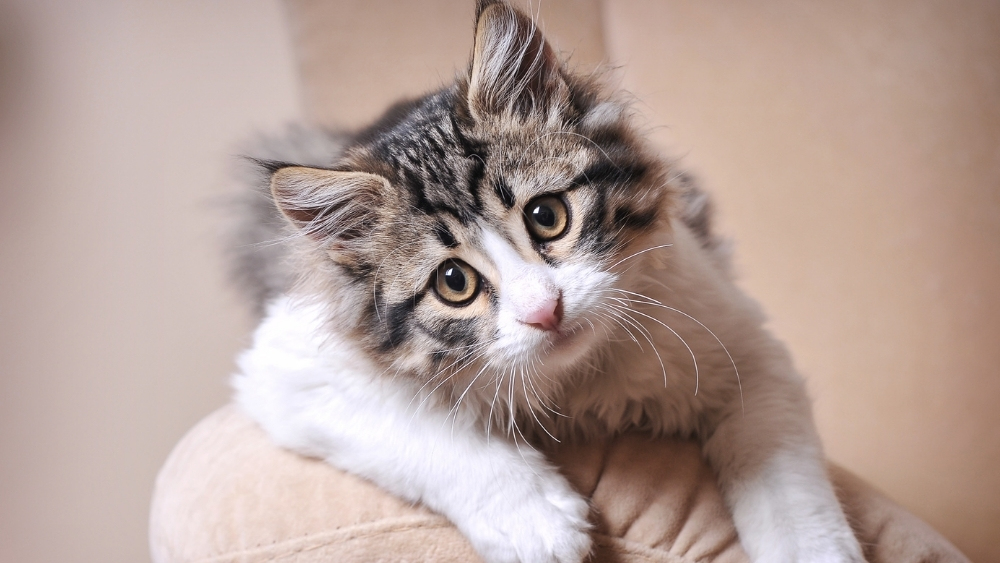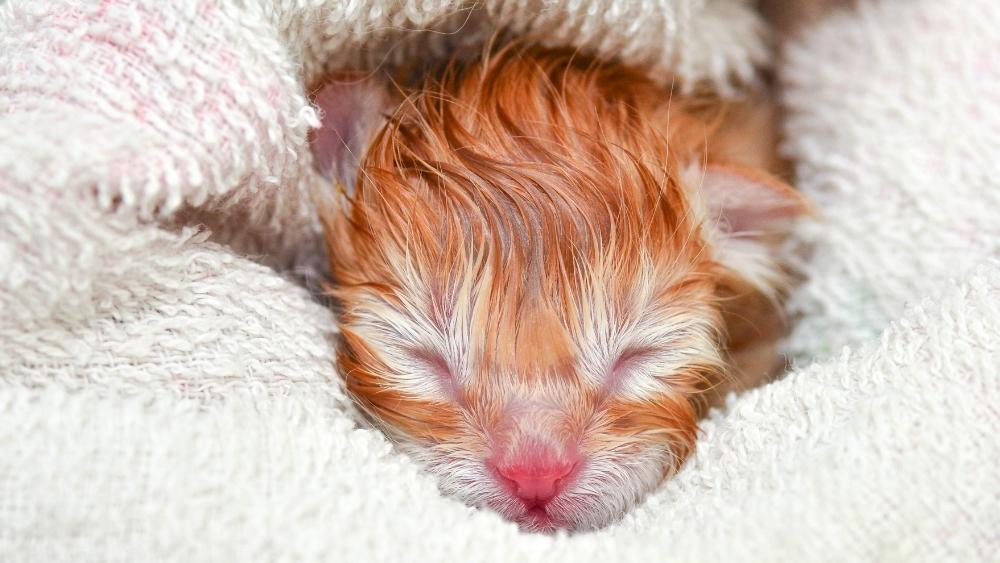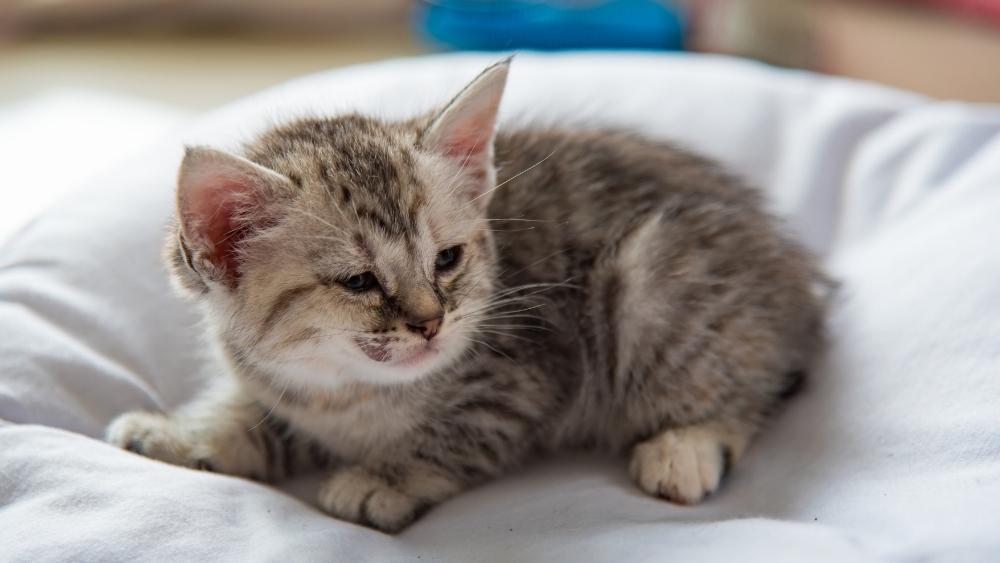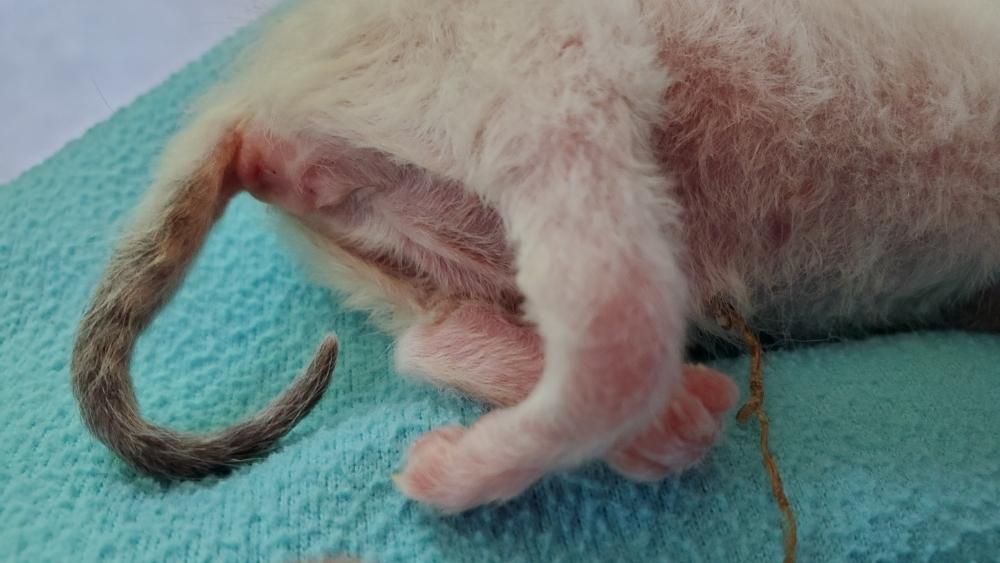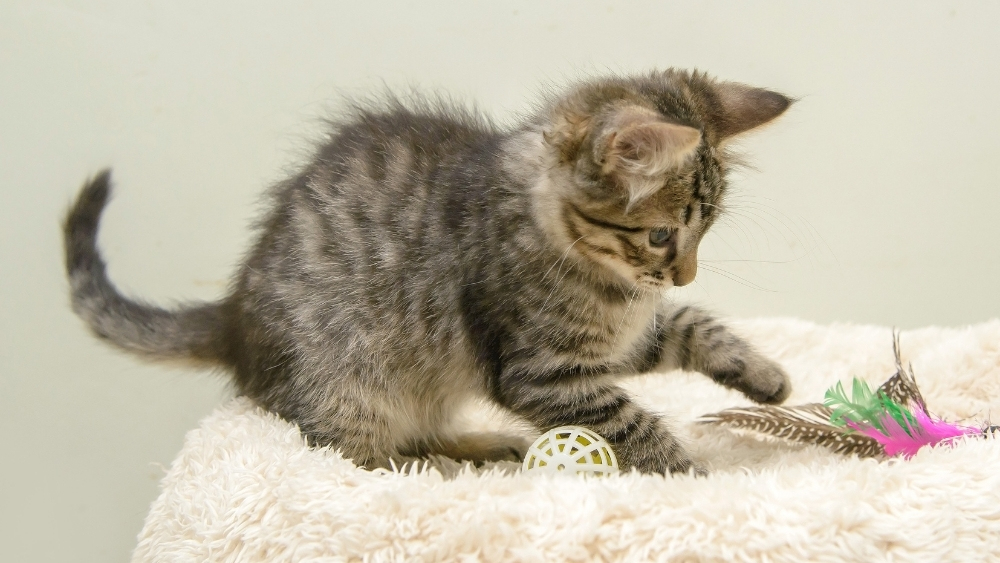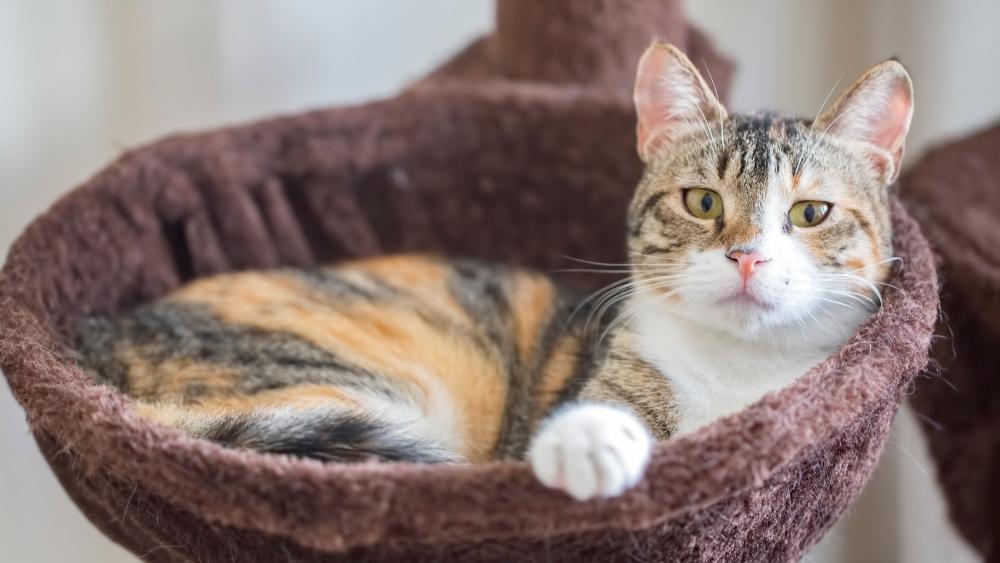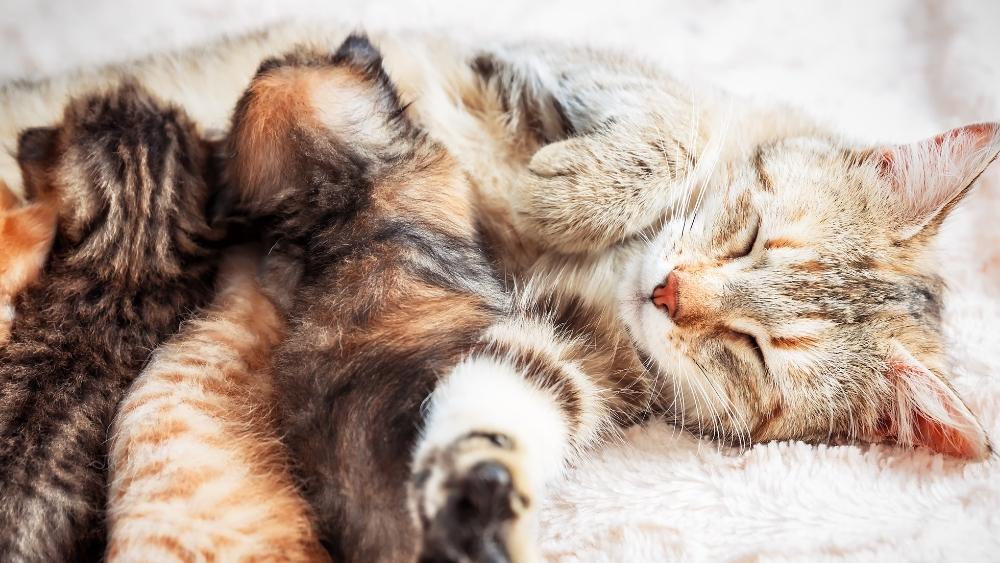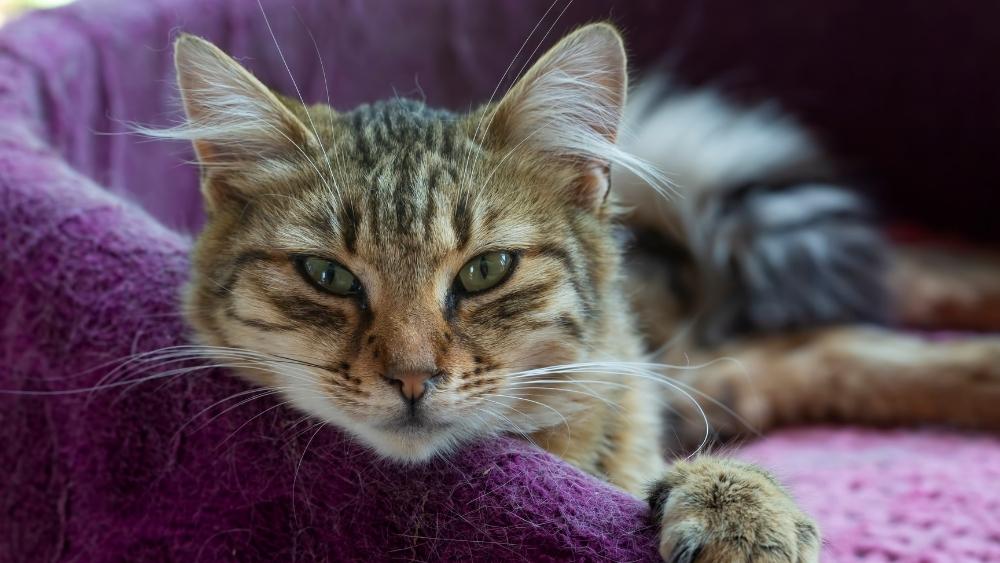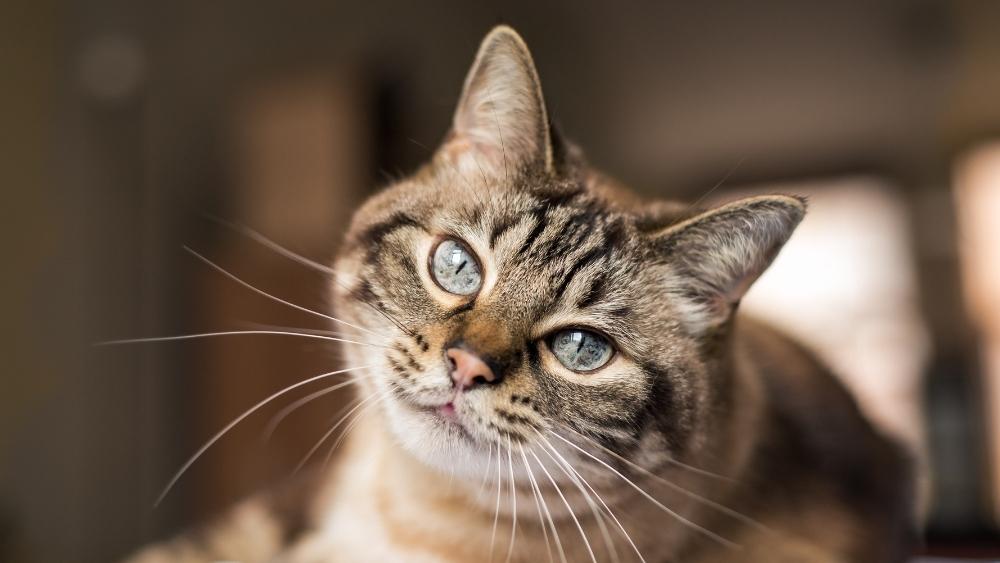Diagnosing and Treating Kittens with Congenital Hypothyroidism
Congenital hypothyroidism (lack of sufficient thyroid hormone in the body, which is important for the development of the nervous and skeletal systems) has been considered a rare feline disorder. However, it may be underreported and not diagnosed since kittens appear normal but die at birth or die as juveniles before symptoms ever become evident.
The […]

